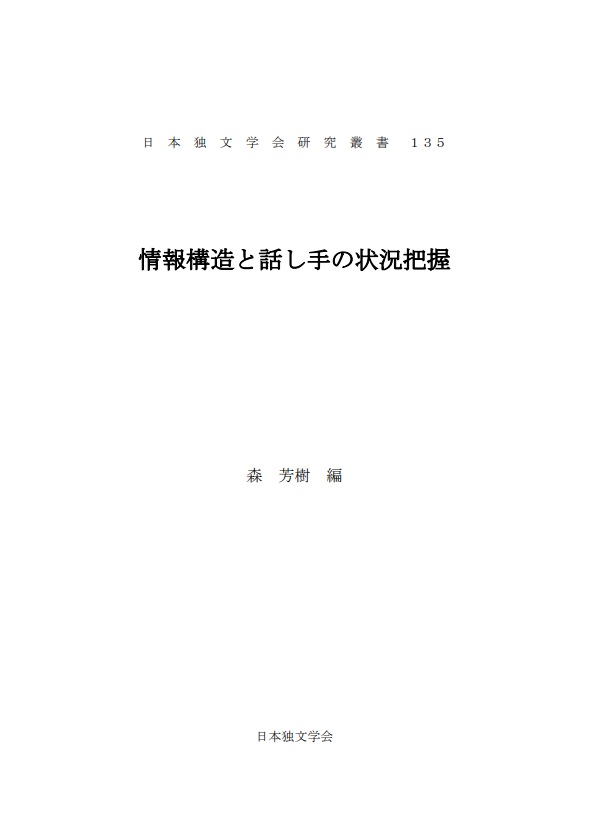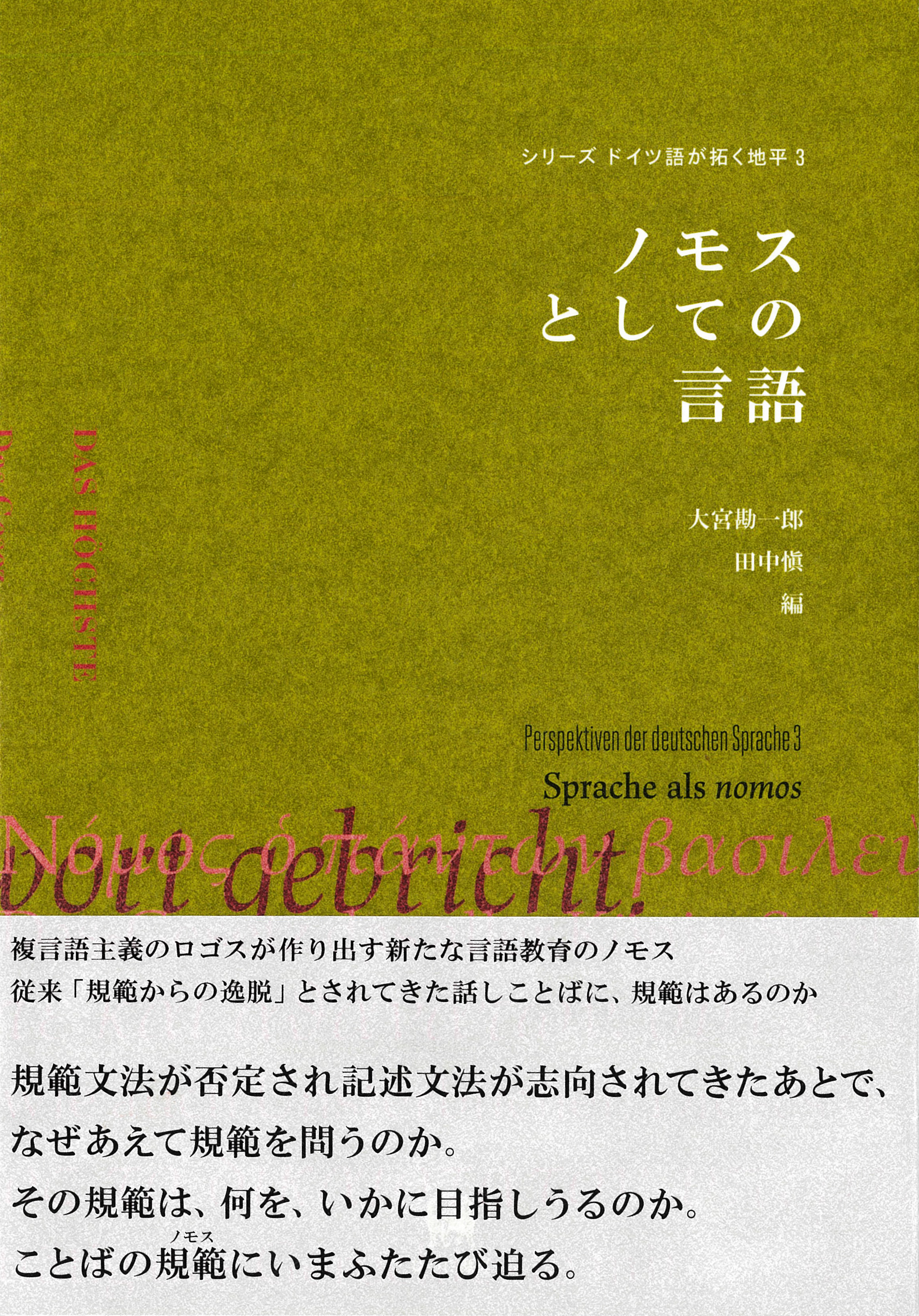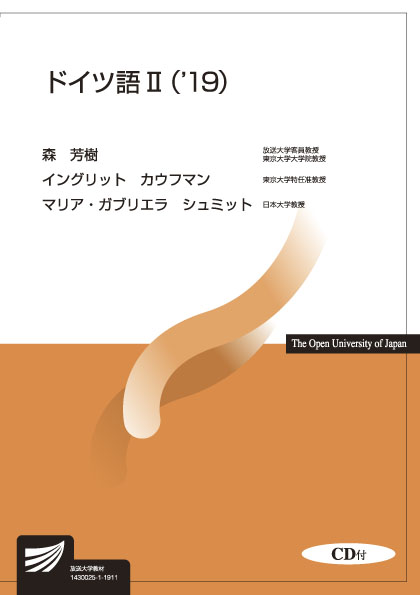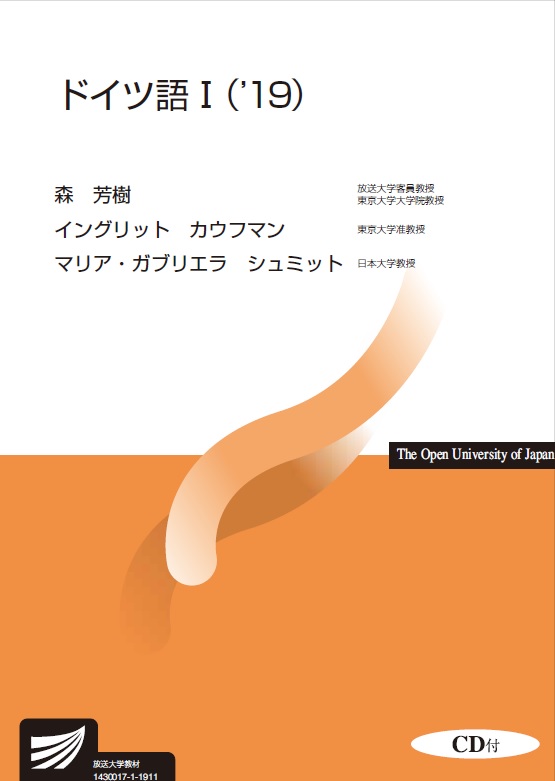
Title
Joho-Kozo to Hanashi-te no Jokyo Haaku (Information Structures and Understanding the Speaker’s Situation)
Size
81 pages
Language
Japanese, German
Released
May 27, 2019
ISBN
978-4-908452-25-3
Published by
Japanische Gesellschaft für Germanistik
Book Info
Japanese Page
I am grateful for this introduction to my work in the Japanese Society of German Literature research series. With this series having been published online since my article “On Semantic Structure-Based Grammatical Structures” (2017) was published in Issue 121, I am even more appreciative of the opportunity to get published here, since such tiny work might not garner much daily attention.
The concept of information structure has long held an important position in linguistic research. Its origins can be traced back to Thema-Rhema-Gliederung (Thema-Rhema Division) by Vilem Mathesius of the Prague Linguistic Circle with the distinction between Thema and Rhema transformed into topics and comments, foci and backgrounds, and the like, which are often utilized even in modern times. The method of dividing a sentence into subject/predicate format, which is seen often, is no doubt familiar to everyone. However, once we are tasked with identifying the current topic of a sentence or are asked, among other things, what is being emphasized, there is a certain sense of confusion with regard to meaning.
Information structure is also an important topic in today’s theoretical linguistics with no shortage of studies related to it. Ever since the alternative semantics of focus was proposed in formal semantics, great strides have been made in understanding the focus phenomenon while, in Noam Chomsky’s generative grammar, ever since the Cartographic Approach of Rizzi (1997), the left periphery of the sentence has been subdivided and captured in greater detail. As to the route of information from the broad sea of discourse to sentences that remain independent, much like a shellfish that remains closed within its hard shell, theoretical linguistics has finally reached the point where Ferdinand de Saussure's “language” (“langue”) intersects with “speech” (“parole”).
Discussions on modality in formal semantics have also made significant progress since Kratzer (1977, 1978, 1981, 2012) accompanied by the simplification of theory. However, while various readings have been identified and interpreted, these have been attributed to a particular context with debates over their origins relegated to the background. On the other hand, in discussions in cognitive semantics, although various readings are examined and attested using, for example, semantic maps, there seem to be still some conceptual explanations desired.
Accordingly, even though the concepts and realms of information structures and modality have not been fully clarified, there is no doubt that, in recent years, substantial progress has been made in their elucidation. Indispensable for talking about the intersection of the two are presupposition, common ground, and other concepts related to the knowledge state of the speaker and the listener. Today’s information structure research would not be possible without analyzing what the speaker considers to be “presupposed” or “shared knowledge”—in other words, how the speaker perceives his or her contextual situation.
This book is based on the “Information Structures and Understanding Speakers’ Modal Attitudes” symposium at the Japanese Society of German Literature Conference held at Waseda University in May 2018. By looking at the relationship between information structures, the speaker’s conception of his or her context, and addressing any relevant linguistic phenomena related to one or both of these, we aimed to clarify just how such a concept is realized in human language. The target language for our discussion was mainly German. This book is composed of four papers contributed by Yuto Yamazaki, Katsumasa Ito, Christian Klink, and Noritsugu Hayashi and Yoshiki Mori, all presenters at the symposium.
The intent of this book is not only to examine the human activity of sorting out old and new information and to systematize them according to the information structure but also to link this act to the intention of the speaker, who is the true utilizer of such structures. It is my hope that this book contributes to the development of new and old topics to be considered.
(Written by MORI Yoshiki, Professor, Graduate School of Arts and Sciences / 2021)



 Find a book
Find a book


 eBook
eBook

